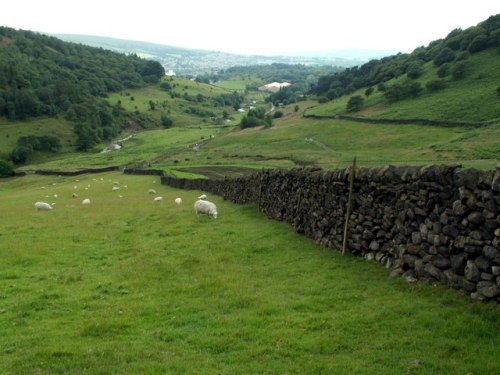
Mapping Inequality provides a fascinating time-sink: a zoomable map of the United States overlaid with New-Deal era local maps of most major cities, depicting what we today would call redlining. Typically, this term brings to mind the practice of dicing up neighborhoods and excluding African-American areas from mortgage eligibility. The heyday of this coincided with the heyday of post-war, first-time suburban home ownership in the United States — and that timing has been identified as a key source of persisting family wealth disparities between Black and White Americans. (The achievements of the Civil Rights era, and further legislation aimed at dismantling redlining, did not come about until the tail-end of the post-war boom — starting in the mid-1960’s — by which point many of the regional ethno-geographic patterns had already been established, and property values had begun to increase significantly.)

The map above depicts Essex County, New Jersey, where I live, and which has the same boundaries today as it had in 1939. Newark, the county seat and largest city, is roughly on the right; many of its inner-ring/streetcar suburbs are roughly in the center; low-density townships (then still partly rural outside Millburn and Caldwell — now mainly affluent suburbs) are on the left. As you might guess, there is a hierarchy of colors: areas mapped in green were considered prime investments, followed by blue (still desirable); yellow (declining); and red (dangerous). Zooming in on the neighborhoods of Essex County reveals that many of the patterns of neighborhood gradation that were adjudged by appraisers for the federal Home Owners’ Loan Corporation (HOLC) in 1939 overlap with the characteristics of the same neighborhoods today. That is to say, if the green-red palette were to be roughly translated as neighborhoods that are predominantly wealthy, middle-class, working-class, or poor, its assessments would still align with many districts.
Many of these maps contain explanatory notes for each color-coded district, and many of these notes bear out a pervasive practice of correlating African-American neighborhoods with red districts. Several neighborhoods that today are mainly Black were already Black neighborhoods by 1939, and the matter-of-fact prejudice expressed in otherwise mundane business notes leaves no doubt that mortgage lending — at least during the late Depression — was based on an overtly discriminatory calculus.
Also remarkable, given the conventional understanding about what redlining was, is how clear it is that these maps were also used to justify discrimination against other groups — including many of European origin. Thus, Italian and Jewish enclaves were singled out for negative treatment. Many poor and working-class neighborhoods with mostly European residents were classified red, just as Black neighborhoods were. In both Newark, N.J. and New York City (maps are also posted for each of the five NYC boroughs) many of the red districts described as “slums” encompassed residents of all ethnic and racial backgrounds. And working-class neighborhoods that avoided being fatally redlined were typically shaded yellow — branding their properties as the second least desirable class of collateral.
The impact of these maps is not clear. The federal HOLC of 1939 was not a formal precursor to the private banks that — with government backing and subsidies — financed the massive suburban development wave that took place after World War II. A study of early HOLC lending in the Philadelphia region found that interest rates, but not lending decisions per se, were influenced by the maps’ color-coding; and that private lenders had other sources of comparable information about granular urban economic and demographic trends. Sources like fire insurance maps, meanwhile, would have allowed lenders to analyze the building stock in any slice of any city.
Another study found that the HOLC had hired private-sector appraisers to complete the evaluations and explanatory notes for the residential security maps, suggesting the conclusions they contain represent prevailing assumptions in the real estate industry of that time. Regardless of their direct impacts, the patterns in these maps bear an uncanny resemblance to the enduring patterns of racially and economically segregated housing that solidified in post-war metropolitan America. How these maps and the lending policies that they shaped might align with early land-use zoning maps developed around the same time is another topic for exploration.
It is worth noting that private covenants were still common for controlling land use in the early days of zoning, as they represented one of the few traditional legal devices for doing so prior to the rise of public land use law — and many of these had discriminatory provisions of their own.











